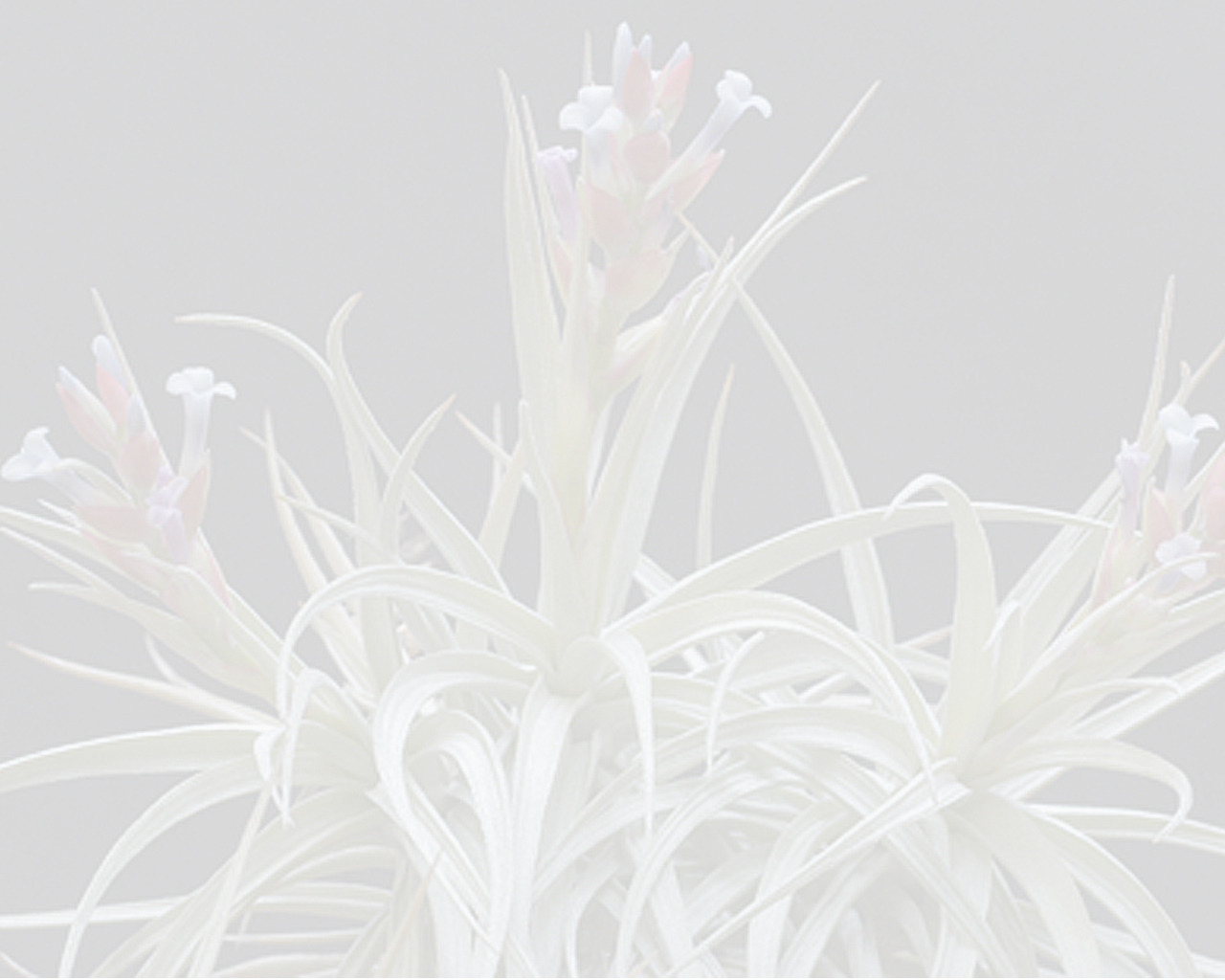


plant stemless, flowering about 3 dm high. leaves densely rosulate, subfasciculate, 15–25 cm long, very minutely and obscurely punctulate-lepidote; sheath elliptic, conspicuous, dark-castaneous with a broad pale margin; blade ligulate, broadly rounded and apiculate, 20–25 mm wide at base, green. inflorescence: peduncle slender, erect, from shorter than to about equaling the leaves; peduncle bracts imbricate and wholly concealing the peduncle, elliptic-lanceolate, obtuse and apiculate, thin, prominently nerved, glabrous, bright red; fertile part slenderly pyramidal, laxly once-branched, 15 cm long, glabrous, stramineous to bright red; axis slender; primary bracts like the peduncle-bracts, only about half as long as the axillary branches; spikes suberect to spreading, short-stipitate with no sterile bracts at base, 4 cm long, laxly 6–8-flowered; rachis slender, slightly geniculate, angled, sulcate; floral bracts elliptic, obtuse, much shorter than the sepals, more than twice as long as the internodes but not at all concealing the rachis, ecarinate, membranaceous, prominently nerved, often stramineous at anthesis. flowers spreading, short-pedicellate; sepals oblong, obtuse, prominently nerved, subfree, about 9 mm long, the adaxial carinate; petals ligulate, 11 mm long, white. stamens and pistil included. fruits cylindric, barely exceeding the sepals.Edited from (2---1-2020): Smith & Downs 1977. Tillandsioideae (Bromeliaceae). in Flora Neotropica.